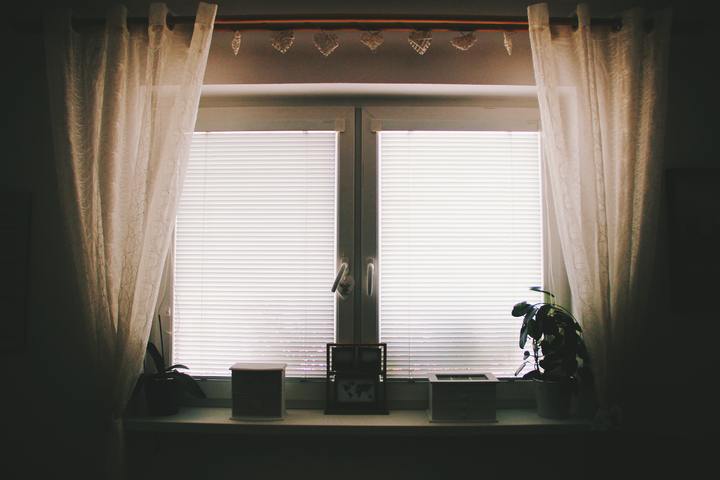Blinds, which have movable slats and are made of fabric panels, are one of the most popular window coverings. Blinds and curtains, both made of fabric panels, each offer distinct advantages, and drawbacks. We’ve compared the two head-to-head—blinds vs. curtains—and highlighted five key distinctions to help you determine which window treatment is right for your home.
Blinds are generally more affordable
Blinds are less expensive to produce and install. In 10 to 20 minutes, a professional can install brackets in a window frame, mount the blind, and attach the mechanisms that move the slats for about $43 to $94 per window. Plastic blinds will save you money on materials; premium-quality vinyl blinds, on the other hand, will add to your material costs. For eight windows totalling roughly two to four bedrooms plus two or four bathrooms in size, this amounts to between $345 and $750 for shades.
Curtains are generally more expensive—usually $50 to $250 per window or $400 to $2,000 for eight windows—because they need more material and time to make and install. Installing level brackets above the window, sliding the panels onto the rod, hanging and securing the rod on top of the bracket, and then styling the curtains in an attractive manner takes about one hour for a pro. Choose cotton curtains over linen or silk if you want to save money.
Blinds allow for greater light control
Blinds with slats that are either vertically or horizontally positioned (as with Venetian blinds) may be operated in two ways for light control. Vertical and horizontal blinds may be lifted and lowered using the lift cord that hangs from the top, as well as moved from one side to the other. The tilt wand (a long, stick-like instrument) can also be twisted to rotate the slats, altering the angle at which light enters. Blinds, which are the most common type of shade in today’s homes, allow for a wider range of light control options than other styles. Despite this fact, the slatted design allows some light to enter even when the blinds are completely closed. When drapes are shut, virtually all light is blocked.
Blinds are simpler to clean
Blinds have a hard, smooth surface that requires little dusting. Using a microfiber cloth, dust blinds from the top down or from one side to another before rotating the slats 180 degrees and doing it again in the opposite direction. Use a soft cloth dampened with plain water or a combination of 25 per cent white vinegar and 75% water to wipe down the front and back of the slats, then dry with a clean towel.
Blinds are more durable
It’s not unusual for well-maintained blinds to retain their looks for 15 years or more. Blinds’ synthetic material, whether it’s plastic, vinyl, aluminium, or polymer-coated wood, ensures that they don’t discolour or stain. Fabric blinds are also more durable and sturdy than curtains, so they don’t wear out as quickly. Fabric curtains, whether made of cotton, linen, velvet, or silk, are more prone to tearing, staining, and moulding than other materials. Within a decade, fabric blinds are more likely to need replacement than curtain rods.
Curtains offer more design possibilities than blinds
Curtains come in a wider range of materials, textures, designs, colours, patterns, and levels of transparency than ever before. From geometric-inspired cotton curtains to sheer silk curtains, you’ll discover a wider selection of materials, textures, styles, colours, patterns, and degrees of transparency. They look great in rooms with traditional interior design trends such as French country or mid-century modern. For individuals with a sewing machine, curtains are also DIY-friendly. Blinds are generally only available in solid colours and come in a more limited range of materials and designs; this sobriety makes them better suited to the modern Scandinavian, industrial, and coastal interior styles.
To get the most out of them, combine them
Feel free to utilize both curtains and blinds to get the benefits of both. Consider, for example, using curtains in low-moisture areas such as living rooms and bedrooms to maximize your design alternatives, insulation, and soundproofing. Install blinds as a long-lasting, easy-to-clean window treatment with a lot of lighting control in high-moisture areas like the kitchen or master bathroom, where mould development is an issue. You may even combine the two treatments in one space to increase seclusion and create a more private atmosphere, putting up blinds first and then curtains on a pole.
